Scientists discover genes are controlled by 'nano footballs'
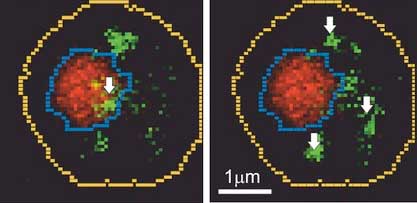 New research has revealed that genes are controlled by 'nano footballs' - structures that look like footballs but 10 million times smaller than the average ball.
New research has revealed that genes are controlled by 'nano footballs' - structures that look like footballs but 10 million times smaller than the average ball.
Sep 25th, 2017
Read more
 New research has revealed that genes are controlled by 'nano footballs' - structures that look like footballs but 10 million times smaller than the average ball.
New research has revealed that genes are controlled by 'nano footballs' - structures that look like footballs but 10 million times smaller than the average ball.
Sep 25th, 2017
Read more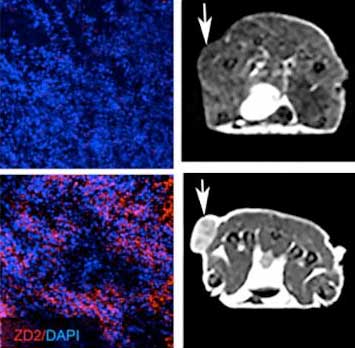 A new magnetic resonance imaging (MRI) contrast agent being tested by researchers not only pinpoints breast cancers at early stages but differentiates between aggressive and slow-growing types.
A new magnetic resonance imaging (MRI) contrast agent being tested by researchers not only pinpoints breast cancers at early stages but differentiates between aggressive and slow-growing types.
Sep 25th, 2017
Read more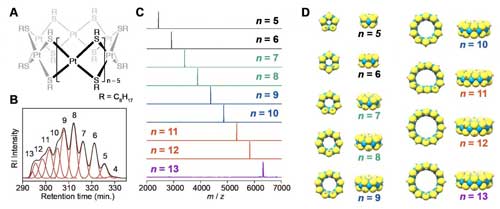 Scientists have developed a fully scalable method for the synthesis of atom-precise platinum clusters for potential use in catalytic applications. This method could provide a new pathway for large-scale production of atom-precise clusters.
Scientists have developed a fully scalable method for the synthesis of atom-precise platinum clusters for potential use in catalytic applications. This method could provide a new pathway for large-scale production of atom-precise clusters.
Sep 25th, 2017
Read more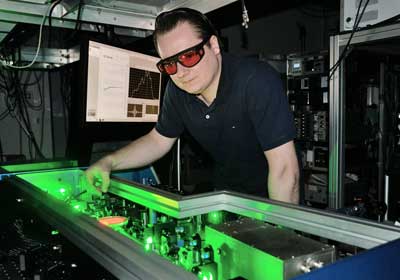 Atoms emit electrons when a material is irradiated with light at a sufficiently high frequency. Previously, physics had assumed that the motion of these photoelectrons is determined by the properties of the material. In a new study, physicists show that it is the interplay of the electrons within the atom that is decisive.
Atoms emit electrons when a material is irradiated with light at a sufficiently high frequency. Previously, physics had assumed that the motion of these photoelectrons is determined by the properties of the material. In a new study, physicists show that it is the interplay of the electrons within the atom that is decisive.
Sep 23rd, 2017
Read more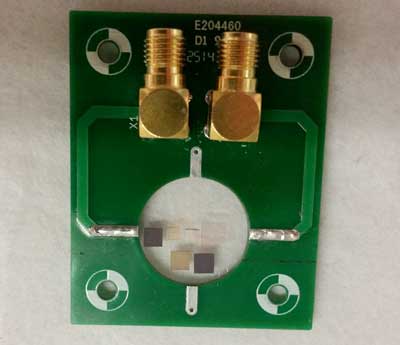 Researchers have shown how they can create more nitrogen-vacancy centers, which makes sensing magnetic fields easier, using a relatively simple method that can be done in many labs.
Researchers have shown how they can create more nitrogen-vacancy centers, which makes sensing magnetic fields easier, using a relatively simple method that can be done in many labs.
Sep 22nd, 2017
Read more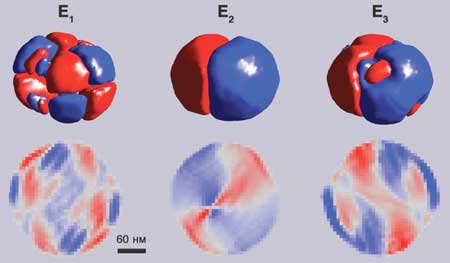 A new study reveals how topological vortices found in low-dimensional materials can be both displaced and erased and restored again by the electrical field within nanoparticles.
A new study reveals how topological vortices found in low-dimensional materials can be both displaced and erased and restored again by the electrical field within nanoparticles.
Sep 22nd, 2017
Read more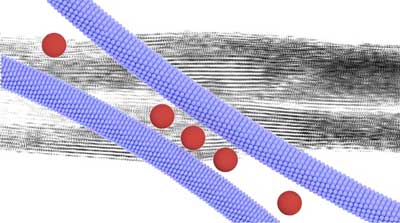 According to scientists, nature's own charged nanoparticles - protein cages and viruses - can be utilized to determine the structure of composite nanomaterials.
According to scientists, nature's own charged nanoparticles - protein cages and viruses - can be utilized to determine the structure of composite nanomaterials.
Sep 22nd, 2017
Read more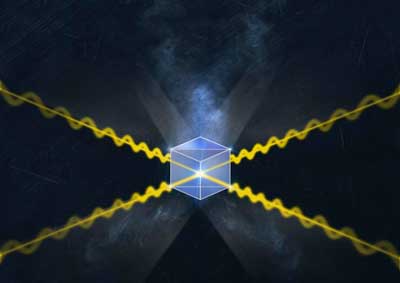 Technique paves the way for high bit-rate secure long distance quantum communication.
Technique paves the way for high bit-rate secure long distance quantum communication.
Sep 22nd, 2017
Read more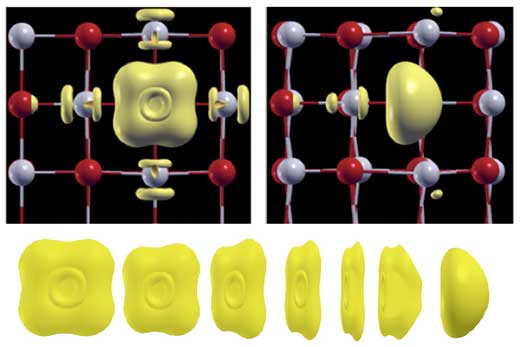 Harnessing these imperfections could have implications for computer memory and energy conversion.
Harnessing these imperfections could have implications for computer memory and energy conversion.
Sep 22nd, 2017
Read more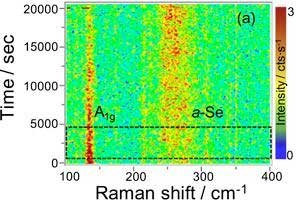 2-D semiconductor gallium selenide in encapsulated nanoelectronic devices.
2-D semiconductor gallium selenide in encapsulated nanoelectronic devices.
Sep 21st, 2017
Read more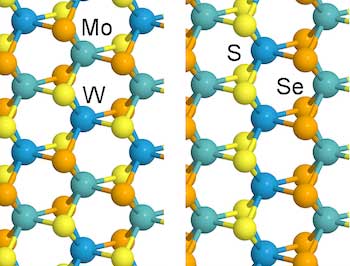 Scientists have discovered a two-dimensional alloy with an optical bandgap that can be tuned by the temperature used to grow it.
Scientists have discovered a two-dimensional alloy with an optical bandgap that can be tuned by the temperature used to grow it.
Sep 21st, 2017
Read more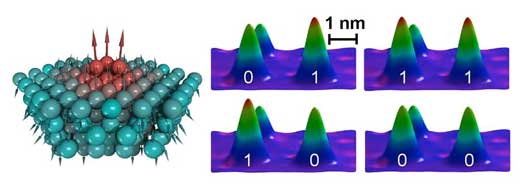 Scientists have experimentally realized a ferromagnetic particle composed of only three iron atoms which can serve as a bit for the magnetic storage of information.
Scientists have experimentally realized a ferromagnetic particle composed of only three iron atoms which can serve as a bit for the magnetic storage of information.
Sep 21st, 2017
Read more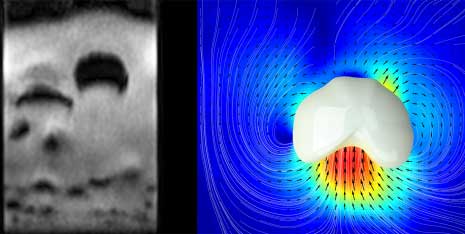 Researchers have developed a method by which pictures of the inside of granular systems can be taken ten thousand times faster than before.
Researchers have developed a method by which pictures of the inside of granular systems can be taken ten thousand times faster than before.
Sep 21st, 2017
Read more By manipulating substructures in a special silicone coating, researchers have reduced the ability of ice to stick to a surface to record lows.
By manipulating substructures in a special silicone coating, researchers have reduced the ability of ice to stick to a surface to record lows.
Sep 21st, 2017
Read more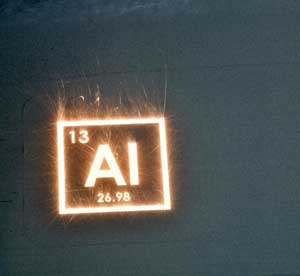 Engineers have developed a technique for successfully 3D printing high-strength aluminum alloys that opens the door to additive manufacturing of engineering-relevant alloys.
Engineers have developed a technique for successfully 3D printing high-strength aluminum alloys that opens the door to additive manufacturing of engineering-relevant alloys.
Sep 20th, 2017
Read more A new study describes an innovative method to make stacks of semiconductors just a few atoms thick.
A new study describes an innovative method to make stacks of semiconductors just a few atoms thick.
Sep 20th, 2017
Read more